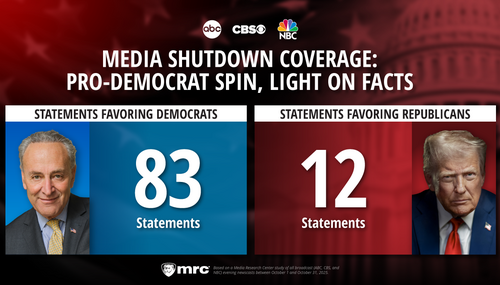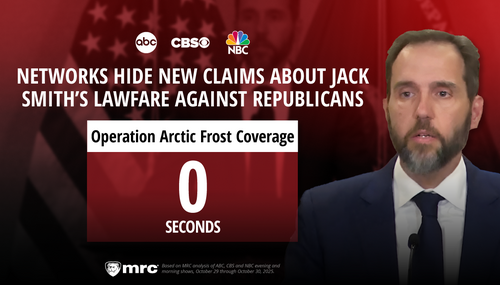While
An “NBC Nightly News” segment on April 11 examined the $8 billion destined for Amtrak that was included in the stimulus bill recently signed into law by President Obama. Correspondent Tom Costello’s conclusion? It’s not nearly enough.
“At
According to Costello, the American version of high-speed rail pales in comparison to that in Europe and
“High-speed trains are already common in Europe and
Joseph Boardman, the president and CEO of the beleaguered rail carrier, explained that to achieve Acela’s maximum potential, a $5-billion investment is needed just between
“In order for us to go 150 miles an hour, to use the capabilities of Acela, we need investment right now of about $5 billion between
But it doesn’t stop there. According to Costello, the $8 billion in the stimulus is just the tip of the iceberg. Many more billions will be needed to achieve the Obama administration’s high-speed rail goals.
“Five billion just to upgrade the Acela route,” Costello said. “In
Costello omitted one detail from his report – Amtrak loses a lot of money. As reported by Reuters, Senate Republicans claim Amtrak has received over $21 billion in federal tax dollars to cover operating and capital costs since 1971. However, Amtrak loses more than $700 million annually. There’s no indication that Amtrak will do an better with billions more, or even that it’s high-speed rail priorities are in order.
Proponents point to the
“We need to focus that money on the number one line in this country, New York to Washington, where we can best prove the success of high-speed rail,” Joseph Vranich, a railroad consultant, said.
Vranich has been consistent on his push for the focus on the northeastern Amtrak corridor. Back in 2005 Vranich condemned Amtrak’s mismanagement of federal funding, focusing on non-profitable lines instead of the
“The real cost for a high speed network, hundreds of billions of dollars for trains and tracks,” Costello said. “The question for Congress – whether a national high-speed rail network is worth the investment.” Given the facts about Amtrak that Costello didn’t report, the probable answer is no.





